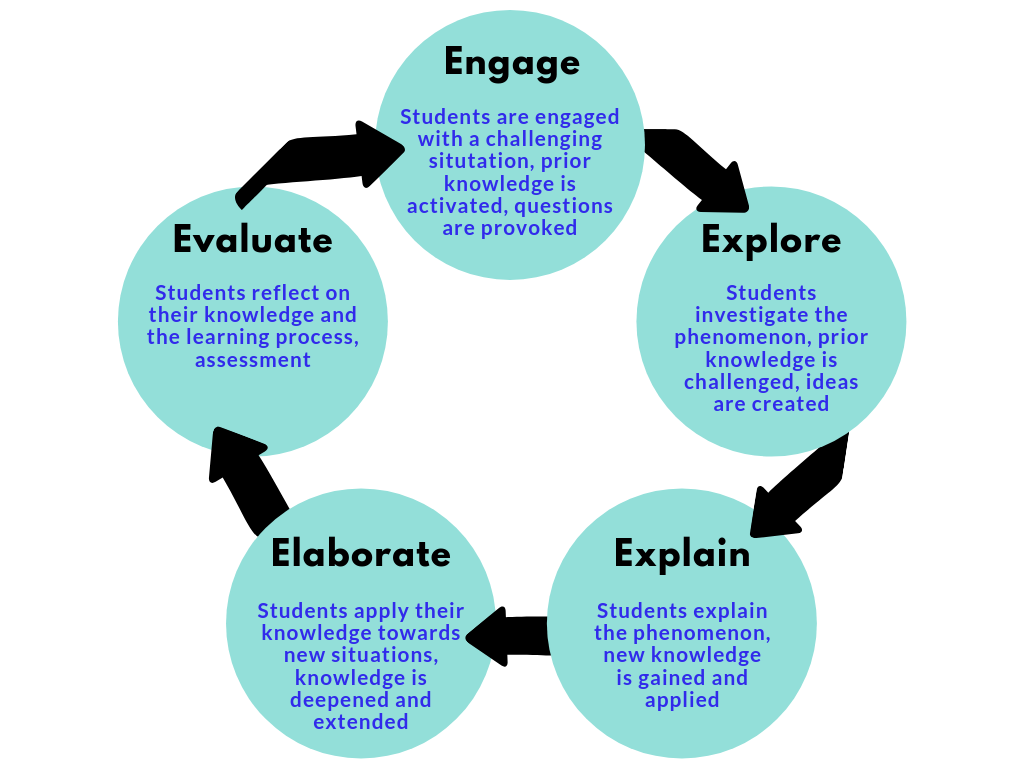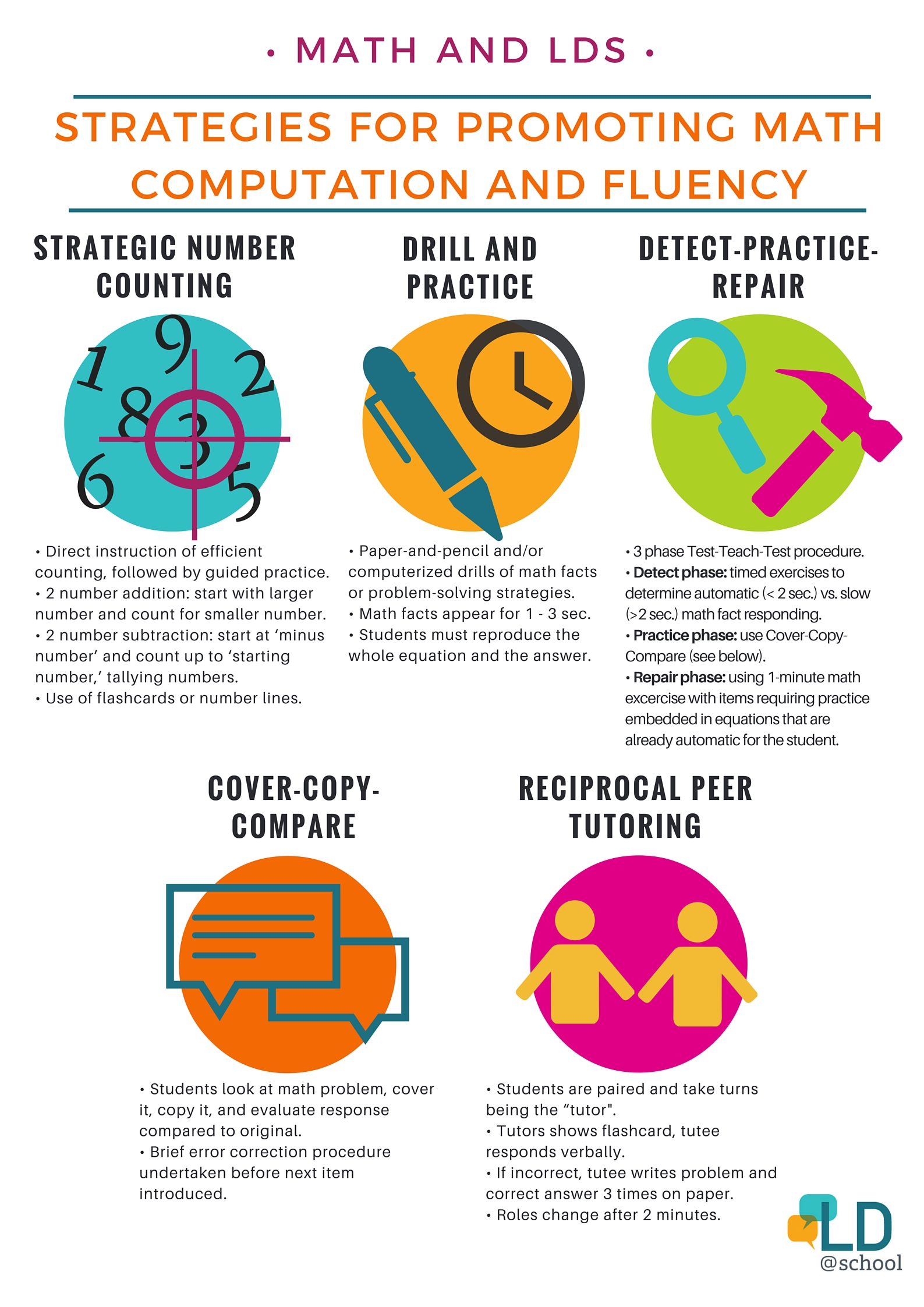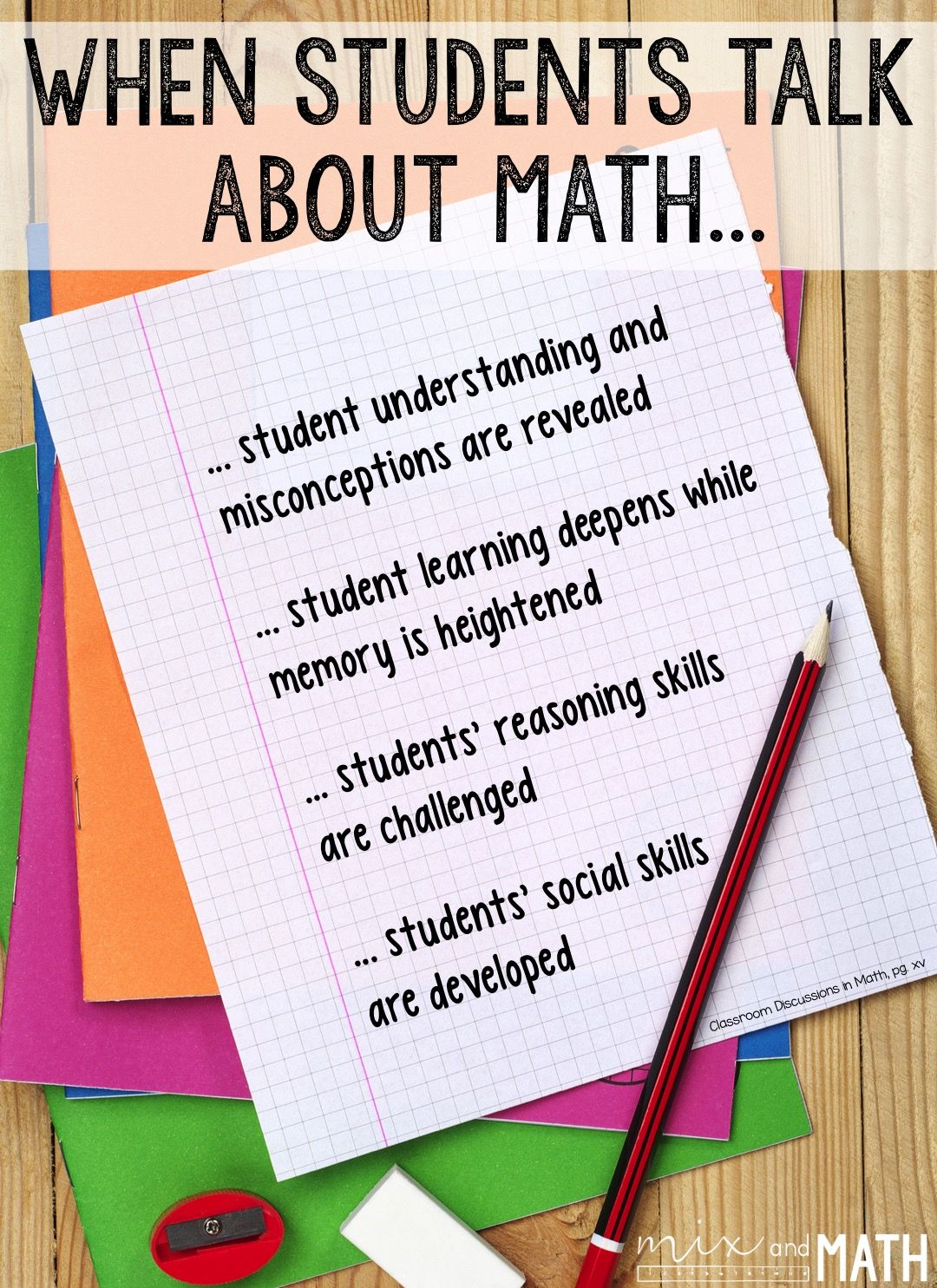So, how can a teacher help?
First, as with any learning disorder, a learning evaluation may be recommended so a proper plan can be put into place.
A variety of teaching strategies and work differentiation will be put into place to help them succeed. Many people with dyscalculia can actually do very well at math when given a few accommodations; some even go on to careers in advanced-math fields.

How do you suggest translating your selected theory into practice?
I will use three specific teaching strategies/practices to help improve the student's number sense and fact fluency, as outlined in Developing Early Number Sense for Students with Disabilities from LD online:
-
Give students concrete experience with numbers along with the more abstract lessons.
-
Teach the skills until they master them.
-
Teach them to talk about math, write about math, and understand words relating to math. Have conversations with them about mathematics, using the new terms.
► Christina Tondevold has a great video outlining the components of Number Sense from grade 3-5.
The following are examples of developmentally appropriate strategies to meet the challenges of dyscalculia at school:
For more concrete experiences, and depending on the students age and ability, using manipulatives such as base ten blocks, drawing out the problem, using graph paper to do problems to keep numbers in line, and using real-life situations that make problems functional and applicable to everyday life
Using math apps like ixl or Reflex Math to build fact fluency. Fact fluency, like language fluency, means students can flexibly apply what they already know. They find facts they don’t recall by using the facts they already have memorized. They double their 2s facts to get their 4s facts. And they easily add one group more to get the fact they need. Not only do they see how multiplication facts are related to one another, but they also efficiently use the relationships between multiplication, addition, subtraction, and division.
Incorporating math talks into math time. Even a five minute math talk could be beneficial and gets students talking about math and possibly thinking about strategies they didn’t know or reinforcing a concept.


References:
Morin, A. (n.d.) Classroom Accommodations for Dyscalculia. Understood. https://www.understood.org/en/school-learning/partnering-with-childs-school/instructional-strategies/at-a-glance-classroom-accommodations-for-dyscalculia
Witzel, B., Ferguson, C., & Brown, D. (2007). Developing Early Number Sense for Students with Disabilities. LD Online. http://www.ldonline.org/article/14618/.
Nyugen, F. (n.d.) Math Talks. http://www.mathtalks.net/teachers.html